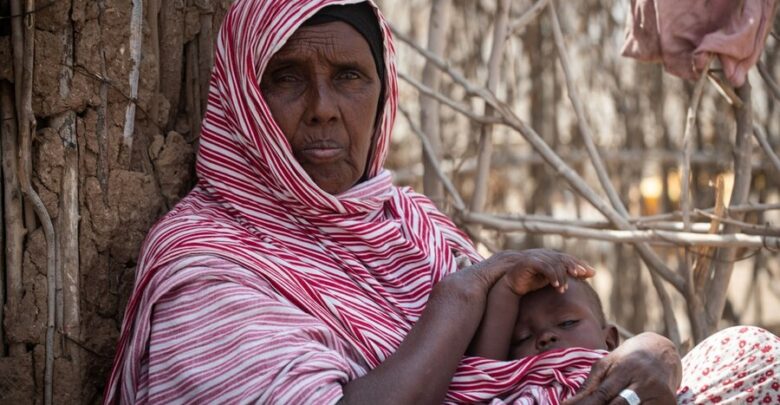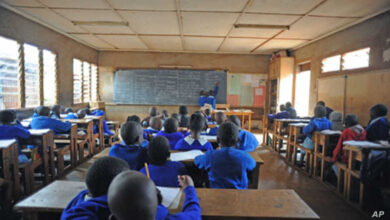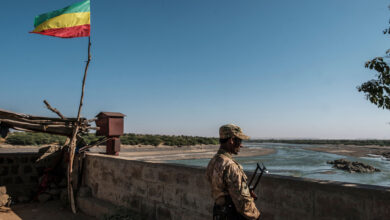
The World Meteorological Organization (WMO) on Friday warned of worsening drought in the Horn of Africa region in the face of the fifth consecutive season without rain this year, reported The UN News.
According to the WMO, the drought-affected areas in Ethiopia, Kenya and Somalia are likely to receive significantly below normal rainfall levels through the end of the year.
The organization’s spokesperson, Clare Nullis, said that the lack of rainfall will worsen the drought condition as the October to December season brings up to 70 percent of the total annual rainfall in the equatorial areas of the Greater Horn of Africa, especially in eastern Kenya.
However, the start of the rainy season is likely to be delayed across much of the eastern parts of the region, triggering rainfall deficits. The exceptional drought underlines the vulnerability of the region to climate-related risks, which are expected to intensify because of climate change.
“In Ethiopia, Kenya and Somalia, we are on the brink of an unprecedented humanitarian catastrophe,” said Guleid Artan, the director of the Intergovernmental Authority on Development’s (IGAD) Climate Prediction and Applications Center (ICPAC).
Last month, IGAD and other international humanitarian agencies warned that over 50 million people in the region are suffering from acute food insecurity this year.
IGAD Executive Secretary Workneh Gebeyehu, echoed the severity of the situation and made a solemn call to national governments, donors, humanitarian, and development actors to “adopt a no-regret strategy and help us weather the worst of this crisis”.
The WMO also announced the launch of a new $5.2 million project to better enable regional and national entities to produce and use the hydrometerological and early warning services (EWS).
The project activities will focus on supporting EWS regional services and strengthening regional coordination and cooperation for these and climate services.
According to WMO, the support for regional centres to provide hydromet products and services will in turn contribute to strengthening the capacities of National Meteorological and Hydrological Services.






